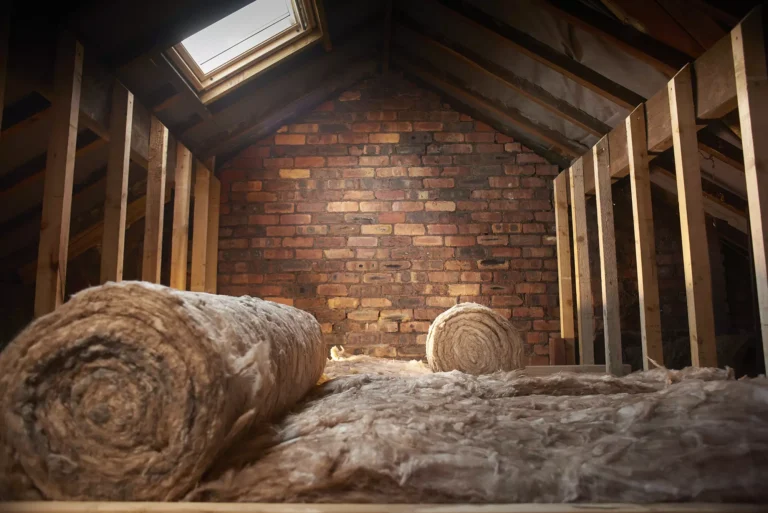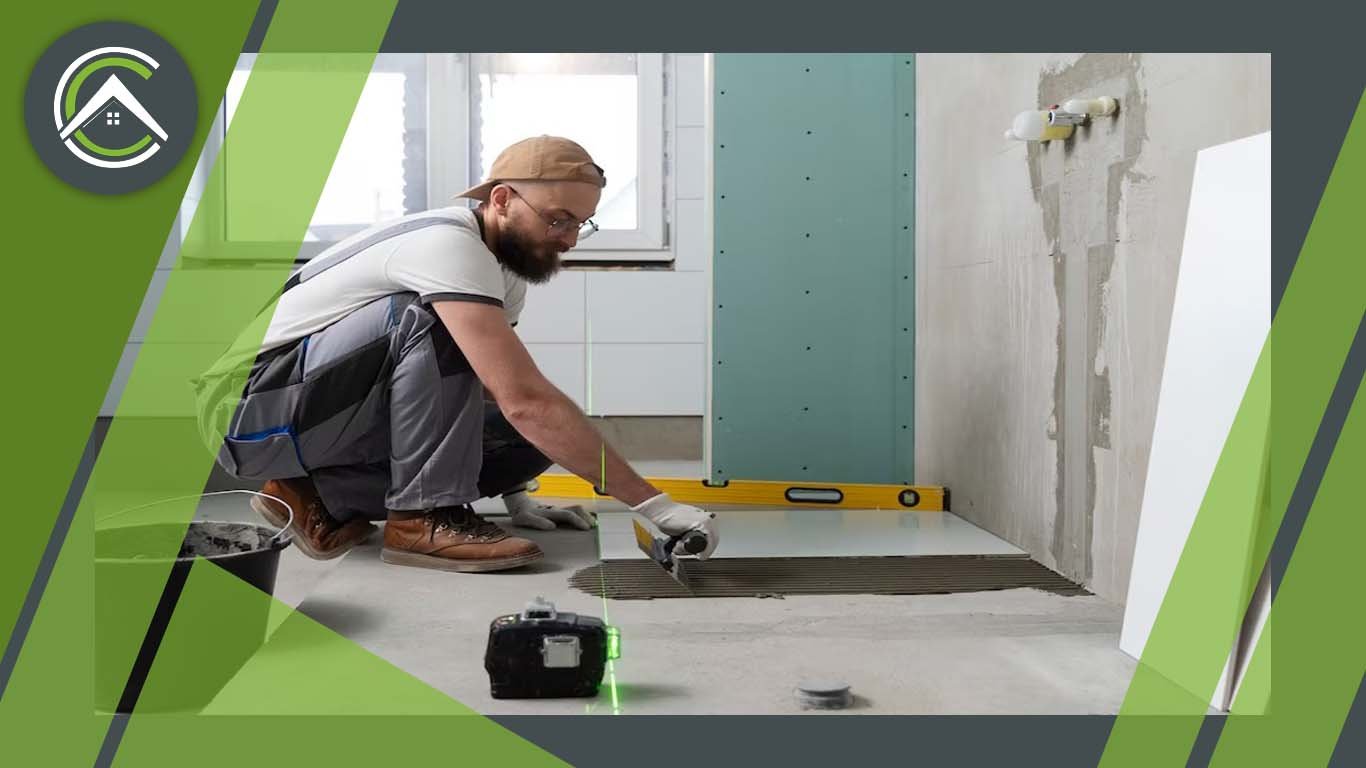
Is There Asbestos in Your Loft? What to Know Before Insulation Removal
If your home was built before the 1990s, there’s a chance that your loft insulation could contain asbestos—a hidden danger
Tile installation is a complex process that requires careful planning and attention to detail. Whether you’re installing tiles in a bathroom, kitchen, or any other room in your home, there are several steps you need to follow to ensure a successful installation. In this article, we’ll cover everything you need to know to install tiles in your home, from choosing the right materials to properly preparing your surfaces and laying your tiles.
The first step in any tile installation project is choosing the appropriate tiles. There are a wide variety of tiles available, each with its own unique style, texture, and color. When selecting tiles for your project, consider the following factors:
Before you start laying your tiles, you need to prepare your surfaces. It involves removing existing flooring or wall coverings, thoroughly cleaning the surface, and ensuring it is level and free of any cracks or damage. The preparation process will depend on the type of surface you’re working with. Here are a few tips for preparing surfaces:

Once your surfaces are prepared, it’s time to start laying your tiles. The process involves applying a layer of adhesive to the surface, then press the tiles into the adhesive in a specific pattern. Here’s a step-by-step guide to laying tiles:
By following these steps for applying grout during a tile installation project, you can ensure a successful and durable result that will last for years.

Here’s a step-by-step guide to floor tile installation:
By following these steps for floor tile installation, you can create a durable and attractive surface that will surely last for years.
When you go for bathroom tile installation, you’ll need to use waterproof tiles to protect the underlying structure from water damage.
Here are some popular types of waterproof tiles for the bathroom:
When going for waterproof tile installation, consider the size, color, tile pattern, and level of slip resistance they offer. By choosing the proper tiles for your bathroom, you can create a beautiful, functional space that is both stylish and practical.

Here are a few bathroom tile renovation ideas that can transform the look and feel of your bathroom:
By incorporating these tile installation ideas into your bathroom remodeling, you can create a beautiful and functional space that fits your personal style and needs.
The cost of tile installation can vary depending on several factors, including the size and complexity of the project, the type and quality of tiles being used, and the labor costs in your area. On average, you can expect to pay between $5 and $15 per square foot for tile installation, although this cost can be higher for more complex projects or high-end materials. To get an accurate estimate for your project, it’s best to get a quote from reputable tile contractors.

The cost of tile shower remodeling can vary depending on several factors, such as the shower’s size, the type and quality of tiles, the labor cost, and additional features such as a new shower door or plumbing upgrades.
On average, you can expect to pay between $1,000 and $3,000 for a basic tile shower remodel, although this cost can be higher for larger or more complex projects.
If you’re looking to add additional features or upgrade the plumbing, the cost can increase significantly. A tailored high-end tile shower, a glass shower door, and multiple showerheads can cost more than $10,000. To get an accurate estimate, get a quote from reputable tile contractors.
What are Japandi bathroom tiles?
Japandi bathroom tiles combine Japanese elements and Scandinavian design to create a sleek, minimalist aesthetic. These tiles often feature natural materials like wood, stone, and bamboo, as well as muted, simple colors and geometric patterns. Japandi bathroom tiles can help create a calming, spa-like atmosphere in your bathroom while also providing a touch of modern elegance.
Are porcelain tiles waterproof?
Porcelain tiles are highly water-resistant and can withstand exposure to water and moisture without getting damaged. Due to their low porosity and density, porcelain tiles are also highly resistant to staining and abrasions, making them a popular choice for bathrooms, kitchens, and other areas that are prone to moisture and spills. However, it’s important to note that while porcelain tiles are highly water-resistant, they are not completely waterproof and still require proper installation and maintenance to ensure their longevity.
How to install tile on the wall?
To install tiles on a wall, you will need to prepare the surface by cleaning and priming it, measuring and marking the layout of the tiles, and applying adhesive to the wall. Next, place the tiles onto the adhesive, using tile spacers to ensure even and consistent spacing. Finally, apply the grout to the gaps between the tiles and wipe away any excess to complete the tile installation on the wall.
How to install tile backsplash installation?
Tile backsplash installation is a great way to add style and functionality to your kitchen or bathroom. To install a tile backsplash, you will need to measure and cut the tiles to fit, apply adhesive to the wall, and then lay the tiles in a pattern, using tile spacers to maintain consistent spacing. Once the tiles are in place, apply the grout to the gaps between them and wipe away any excess to complete the tile installation.
How to lay floor tiles on concrete?
To lay floor tiles on concrete, you will need to prepare the surface by cleaning and leveling it, apply a layer of thin-set mortar to the surface, and then lay the tiles onto the mortar using tile spacers to maintain even spacing. Once the mortar has cured, apply the grout to the gaps between the tiles and wipe away any excess to complete the tile installation on the concrete surface.
If you are looking for reliable and professional tile installation services in Toronto, look no further than the ConfirmdC team. Our team of experienced tile installers can handle all types of tile installation projects, from small bathroom renovations to large commercial projects. Contact us today to schedule a consultation and get started on your project.

If your home was built before the 1990s, there’s a chance that your loft insulation could contain asbestos—a hidden danger

Canadian winters are no joke, and heating your home efficiently is more important than ever. In 2025, cold climate heat

Your basement plays a huge role in your home’s comfort, energy efficiency, and even air quality—but only if it’s properly
WhatsApp us